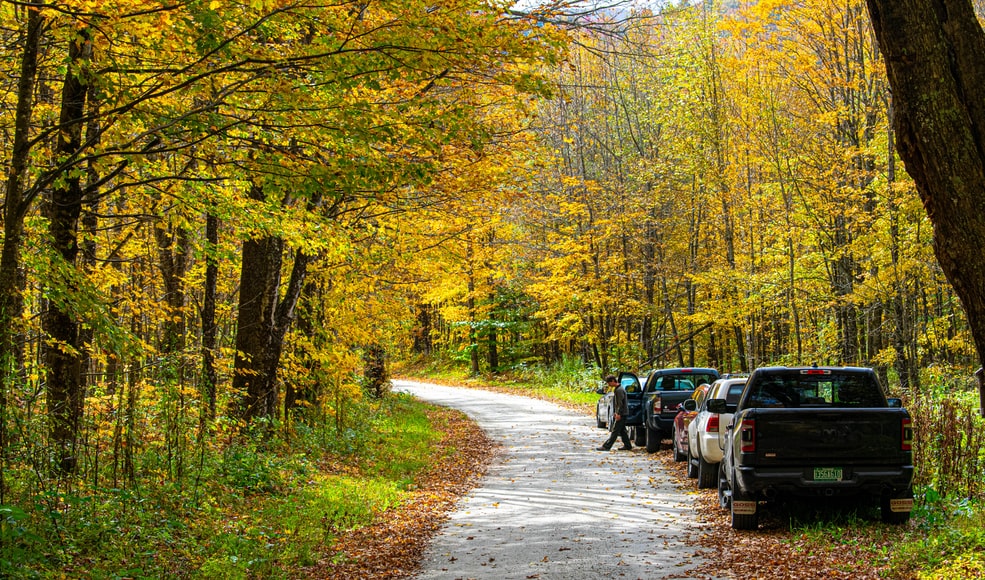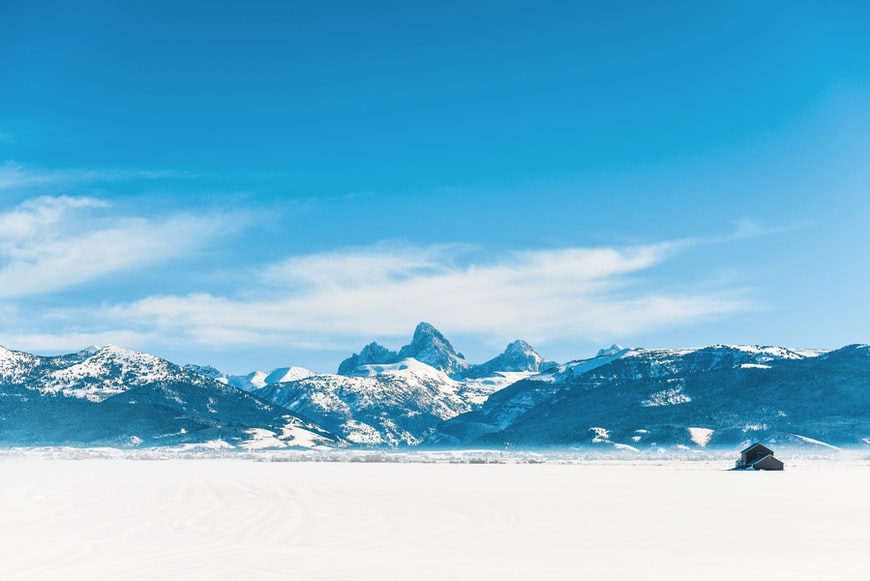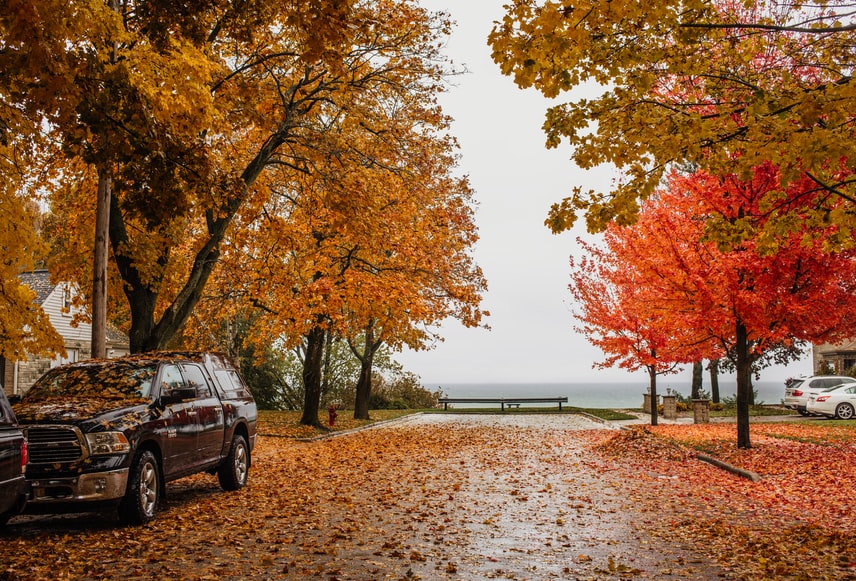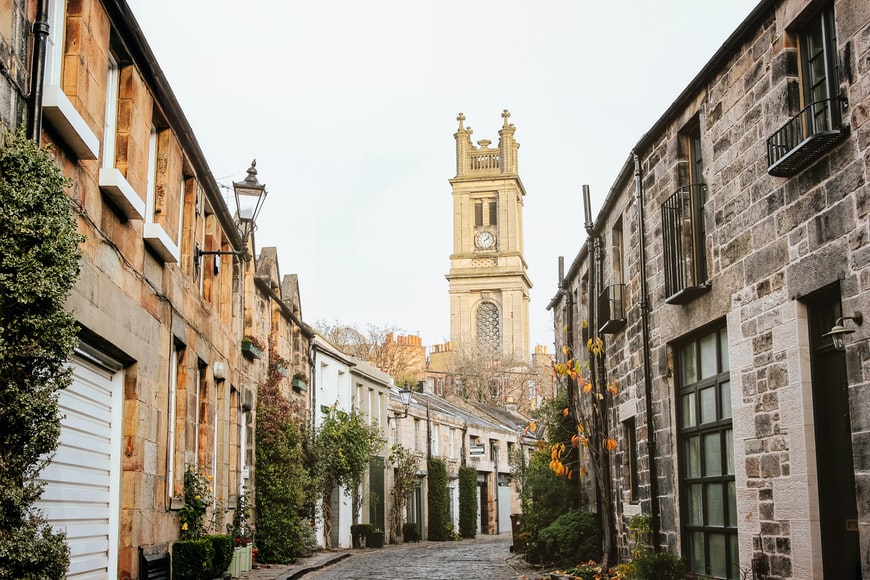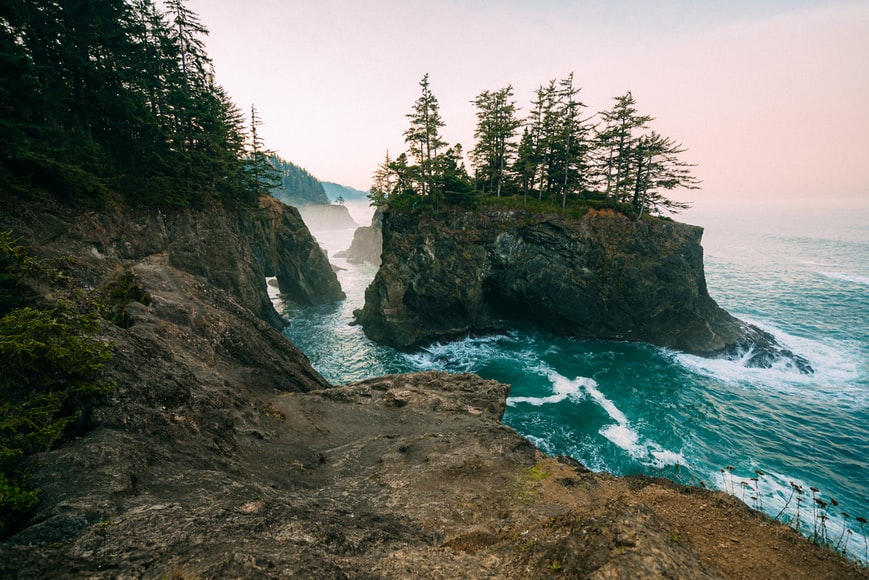Popular Travel Destinations For Students
BY Arnab Mar 14, 2023
Students often use their long holiday breaks and weekends for traveling. Where they travel often depends on their budgets, interests, available time, experience, and home location. However, in the end, it all leads to finding the best country, city, and places to visit. Students need something affordable, fun, and beautiful. It’s best when countries are well-known tourist places, as they are more convenient and safe to travel to. Plus, you will meet many other travelers during the journey. However, the travel map is constantly changing. New countries are rising in popularity, expanding students’ travel lists. So, let’s see what are the most popular travel destinations for students at the moment. Here Are Four Popular Travel Destinations For Students 1. Spain What is there not to love about Spain? Gorgeous beaches, beautiful weather, amazing architecture, and welcoming, warm people will appeal to any traveler on the planet. However, there is so much more to it. Spain is incredibly versatile. Everything changes from region to region. You will meet different customs, food, scenery, climate, art scene, and so much more. In fact, when traveling to Spain, you better be precise about what region you are going to. For instance, Barcelona will wow you with its one-of-a-kind architecture and urban design. It’s colorful, cheerful, and very laid-back. However, if you go to Madrid, your itinerary will be packed with museums, art galleries, and sightseeing on its historic, exceptional sights. Though, wherever you go, the local cuisine will be at its best anywhere. Oh, and how about Ibiza? This island is a whole other universe. A flight to Ibiza from Spain won’t cost much, but the experience there is absolutely priceless. It is a place of great weather, white beaches, and never-ending nightlife. 2. Bulgaria Somehow, this little Balkan country is often overlooked by young travelers. Well, we are here to fix this error. Bulgaria is a perfect travel destination for all hungry adventure budget travelers. First, the country is among the most affordable places in the region to visit. Yet, it doesn’t comprise the service, dining scene, or any other comforts of staying there. Second, you can easily drive from East to West in this country in less than 7 hours. So, renting a car and exploring a country over a long weekend seems pleasant and doable. In the East, you will find traditional seaside towns, lovely beaches, and endless hotels. You will also find some excellent vineyards there. However, moving further to the West, you’ll meet the ancient Roman ruins and unique cities settling in the mountain peaks and meet the old cultures and traditions of the Bulgarians. Eventually, you will reach Sofia, the capital. There, you can enjoy a mixture of world-famous cuisine, with a large accent on Mediterranean food, lovely parks, multiple cultural scenes, and of course, the mountains. Sofia is the right place if you want to hike, find snowy mountain tops even in summer, and enjoy the beauty of the city from afar. 3. Scotland Traveling to Scotland is similar to visiting a place from old tales or magical stories. Of course, we mean far Scotland, away from busy city streets. Seeing Scottish nature, the highland, the lakes, and the ancient castle is once in a lifetime experience. Of course, you will also find a lot of fascinating places in Edinburgh, Glasgow, or other large cities. However, the true charm of this country lies further from civilization. Though, you will be surprised to discover a booming vegan scene in Scotland, Edinburgh in particular. Still, young people often travel here for climbing and hiking experiences. However, you should be ready to face the region's harsh weather. Summer doesn’t last long here, leaving it to heavy rains, mist, and wind. Oh, and you will have to get used to the accents there. And yes, Scottish people are very blunt in their expressions and have a very dry sense of humor, just like many Brits. However, these are the loveliest people in Great Britain, and they will be happy to show you around and tell you local stories over the pint in a centuries-old pub. 4. Cuba For true adventures, Cuba can be the perfect place to visit. It is a lively mixture of the most exciting cultures on the planet. Cuban people take roots from African, European, and Asian descendants, which creates quite a rare but beautiful mix. Everything speaks of the diversity and unity here. The cuisine took only the best from all cultures involved in making Cuba. The Spanish language here sounds different from most South American cultures. Cuban coffee is the strongest coffee you can ever try in your life. Yet, all of it together makes perfect sense. Sure, Cuba was locked in front of the world for a long time, so we didn’t know much about it. However, now, as the borders are open again, people are rushing to see and experience this preserved society for themselves. Students love a lot of things about Cuba, starting with low prices and delicious food and ending with many untraveled paths, unique nature, and many other hidden gems of the island. Before you go to Cuba, pay respect to its recent history by ordering a research paper from WritePaperForMe website. Learn more about what happened. It’s always nice to research the place you want to visit. Read Also: Puerto Vallarta: A Hidden Gem In The World Of Exotic Travel Destinations How To Be A Sensible Smoker When Traveling Car Collisions And Traveling Safely: A Guide

